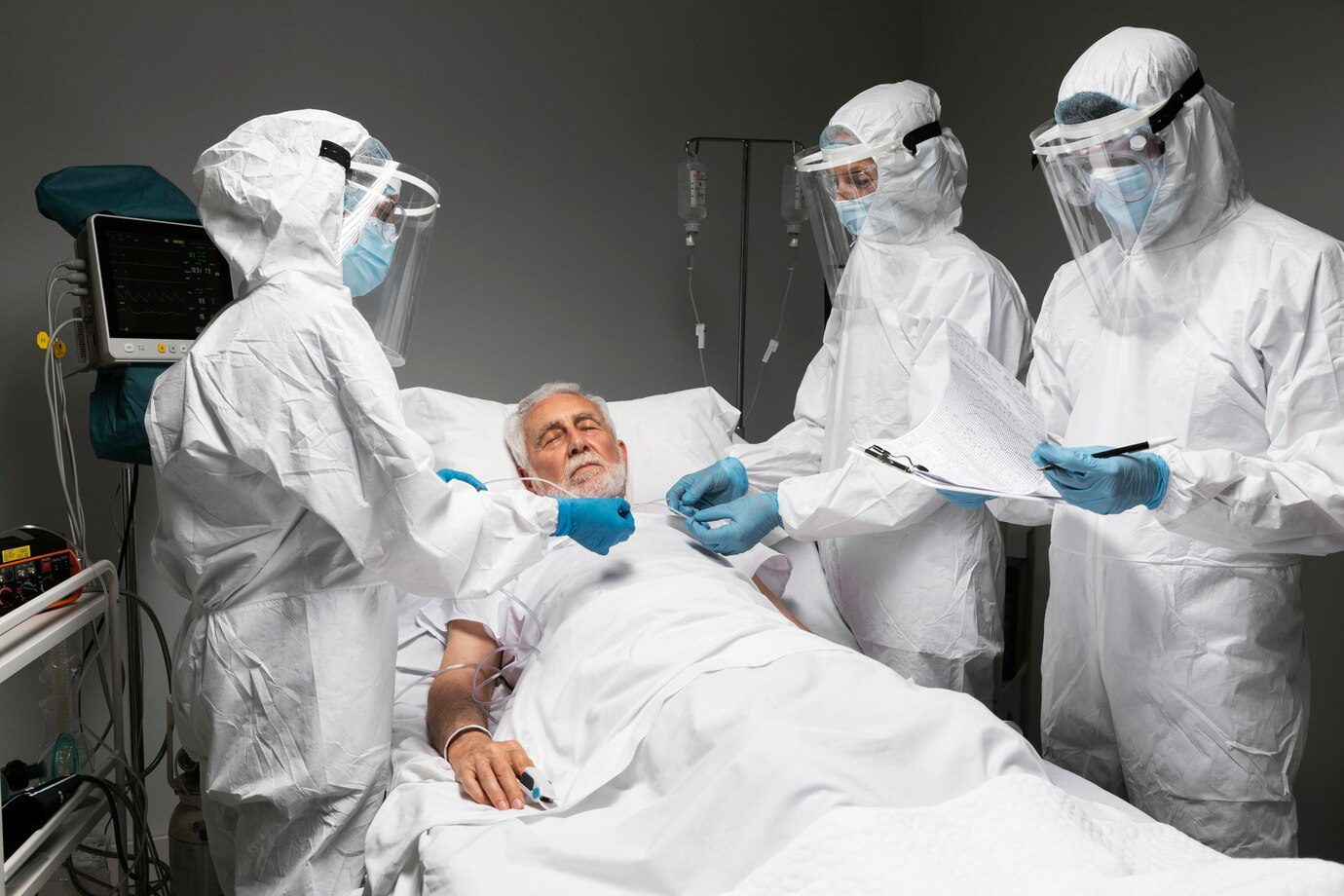When it comes to end-of-life arrangements, one common question that arises is whether embalming is necessary before burial or cremation. Understanding the process of embalming and its alternatives can help individuals make informed decisions about their final wishes. In this article, we will explore the practice of embalming, its purpose, and whether it is a mandatory requirement for burial or cremation.
What is Embalming?
Embalming is a process that involves preserving a deceased person’s body by disinfecting and temporarily delaying decomposition. This is typically done by replacing the bodily fluids with a mixture of chemicals, such as formaldehyde, to slow down the natural decay process. Embalming is often performed to enhance the deceased’s appearance for viewing during a funeral service.
Is Embalming Required for Burial?
While embalming is a common practice in the United States, it is not always required by law for burial. The necessity of embalming depends on various factors, including state regulations, the time elapsed between death and burial, and whether the body will be viewed by the public. In many cases, refrigeration can be used as an alternative to embalming to preserve the body temporarily.
State Regulations
State laws regarding embalming requirements for burial vary, so it is essential to check the specific regulations in the state where the burial will take place. Some states mandate embalming if a certain amount of time has passed since death, while others allow for refrigeration or immediate burial without embalming.
Public Viewing
If the deceased will be displayed for a public viewing or funeral service, the funeral home may recommend embalming to ensure the body’s preservation and presentation. However, some religious or cultural practices may prohibit embalming, and alternative methods, such as dry ice or refrigeration, can be used to maintain the body’s integrity.
Is Embalming Required for Cremation?
Unlike burial, embalming is generally not required for cremation. Cremation is a process that uses high temperatures to reduce the body to ashes, making embalming unnecessary. However, if a viewing or funeral service is planned before cremation, embalming may be recommended to prepare the body for public display.
Pre-Cremation Viewing
If the family wishes to have a final viewing before cremation, embalming can be performed to ensure the deceased’s appearance is suitable for the occasion. Some crematories may have specific guidelines regarding embalming before cremation, so it is essential to consult with the funeral home and crematory staff.
Personal Choice
Ultimately, the decision to embalm before cremation is a personal one that depends on cultural, religious, and individual preferences. Families should discuss their wishes with the funeral director to determine the best course of action based on their beliefs and traditions.
Final Thoughts on Embalming and End-of-Life Choices
Whether embalming is necessary for burial or cremation is a decision that should be made thoughtfully and in consideration of the deceased’s wishes and beliefs. Understanding the options available and consulting with funeral professionals can help families navigate the process with respect and dignity.
If you have feedback, questions, or ideas for future articles or Information Hubs, please contact us. Your insights help us create valuable content.


